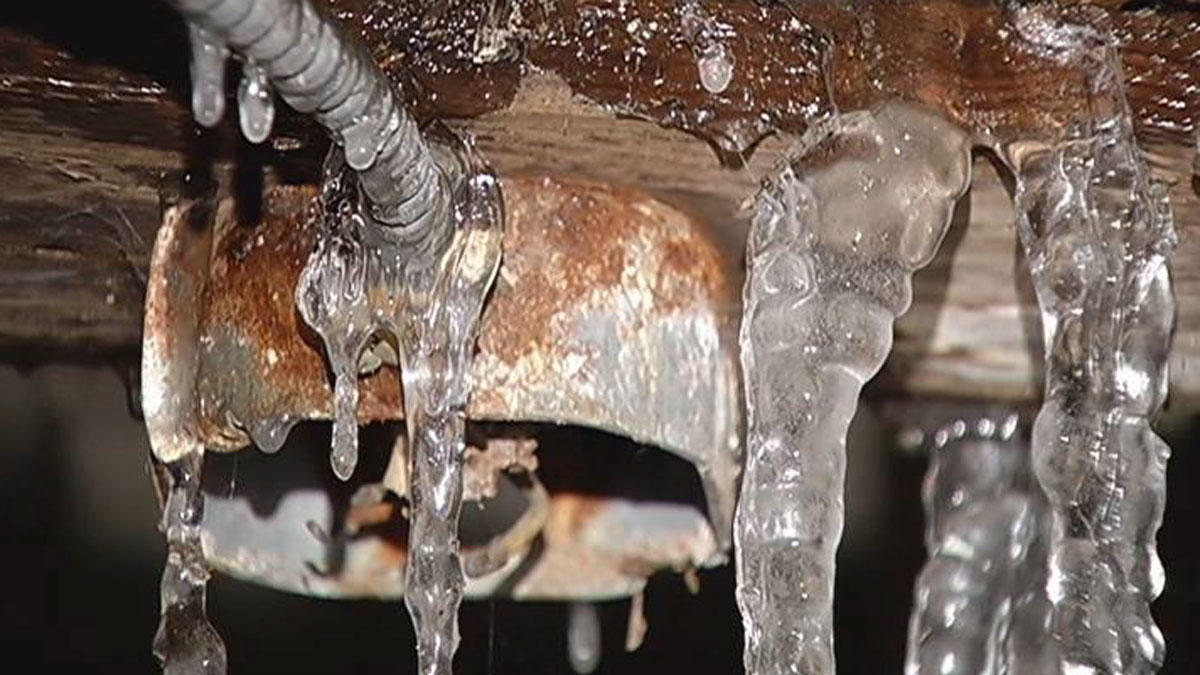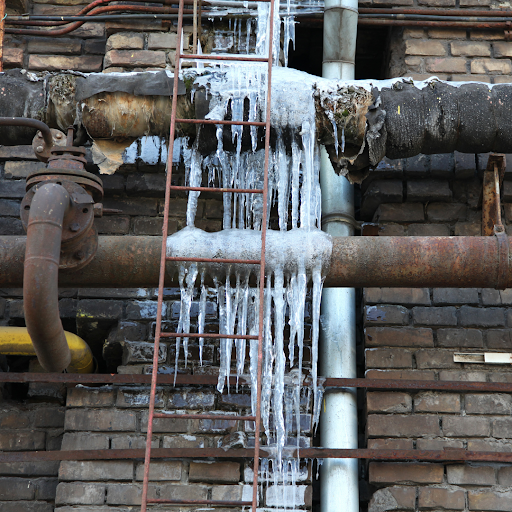Preventing Frozen Pipes in Cold Weather: Pro Tips
Preventing Frozen Pipes in Cold Weather: Pro Tips
Blog Article
Just how do you actually feel on the subject of How to prepare your home plumbing for winter weather?

Cold weather can damage your pipes, especially by freezing pipelines. Here's exactly how to prevent it from occurring and what to do if it does.
Intro
As temperatures drop, the danger of icy pipes boosts, possibly leading to costly repair services and water damages. Understanding how to avoid frozen pipes is critical for property owners in chilly environments.
Avoidance Tips
Shielding at risk pipelines
Cover pipelines in insulation sleeves or utilize warm tape to secure them from freezing temperatures. Focus on pipes in unheated or exterior areas of the home.
Heating strategies
Maintain indoor areas sufficiently heated up, especially locations with pipes. Open closet doors to enable cozy air to circulate around pipelines under sinks.
Exactly how to determine frozen pipelines
Search for decreased water circulation from faucets, uncommon odors or noises from pipelines, and visible frost on revealed pipes.
Long-Term Solutions
Architectural modifications
Consider rerouting pipelines away from exterior walls or unheated areas. Include added insulation to attic rooms, basements, and crawl spaces.
Updating insulation
Buy top notch insulation for pipes, attics, and walls. Appropriate insulation assists keep consistent temperatures and lowers the threat of frozen pipes.
Securing Exterior Plumbing
Yard hoses and outdoor faucets
Disconnect and drain yard hoses prior to winter. Set up frost-proof spigots or cover outside faucets with protected caps.
Comprehending Frozen Pipes
What creates pipelines to freeze?
Pipes ice up when revealed to temperature levels below 32 ° F (0 ° C) for extended durations. As water inside the pipes ices up, it increases, putting pressure on the pipe wall surfaces and potentially creating them to rupture.
Risks and problems
Frozen pipelines can result in water supply disturbances, building damage, and pricey repair work. Ruptured pipes can flood homes and create extensive architectural damages.
Signs of Frozen Pipeline
Recognizing frozen pipelines early can stop them from bursting.
What to Do If Your Pipelines Freeze
Immediate actions to take
If you think icy pipelines, keep faucets available to soothe pressure as the ice melts. Use a hairdryer or towels soaked in warm water to thaw pipes gradually.
Verdict
Avoiding frozen pipelines requires proactive measures and fast feedbacks. By comprehending the causes, indications, and safety nets, homeowners can secure their plumbing throughout cold weather.
6 Proven Ways to Prevent Frozen Pipes and Protect Your Home
Disconnect and Drain Garden Hoses
Before winter arrives, start by disconnecting your garden hoses and draining any remaining water. Close the shut-off valves that supply outdoor hose bibs and leave the outdoor faucet open to allow any residual water to drain. For extra protection, consider using faucet covers throughout the colder months. It’s also important to drain water from any sprinkler supply lines following the manufacturer’s directions.
Insulate Exposed Pipes
Insulating your pipes is an effective way to prevent freezing. Pipe insulation is readily available at home improvement stores and is relatively inexpensive. Pay close attention to pipes in unheated areas such as the attic, basement, crawl spaces, or garage. Apply foam insulation generously to create a buffer against the cold. You can also wrap your pipes in heat tape or thermostat-controlled heat cables for added warmth.
Seal Air Leaks
Inspect your home for any cracks or openings that could let in cold air. Seal any holes around the piping in interior or exterior walls, as well as the sill plates where your home rests on its foundation. Additionally, make sure to keep your garage door closed unless you’re entering or exiting. Leaving it open creates a significant air leak that can lead to frozen pipes.
Allow Warm Air Circulation
During cold snaps, it’s essential to allow warm air to circulate evenly throughout your home. Leave interior doors ajar to promote better airflow. Open kitchen and bathroom cabinets to help distribute heat consistently around the rooms. If you have small children or pets, be sure to remove any household chemicals or potentially harmful cleaners from open cabinets for safety.
Let Faucets Drip
A small trickle of water can make a big difference in preventing ice formation inside your pipes. When temperatures drop significantly, start a drip of water from all faucets served by exposed pipes. This continuous flow helps prevent the water from freezing. Additionally, running a few faucets slightly can relieve pressure inside the pipes, reducing the chances of a rupture if the water inside does freeze.
https://choateshvac.com/6-proven-ways-to-prevent-frozen-pipes-and-protect-your-home/

I'm just very drawn to How to prepare your home plumbing for winter weather and I'm hoping you enjoyed reading our blog posting. Sharing is nice. You just don't know, you may be helping someone out. Thank you for going through it.
Book Maintenance Report this page